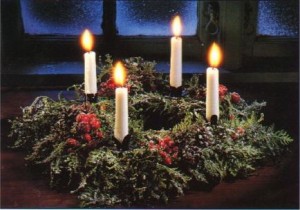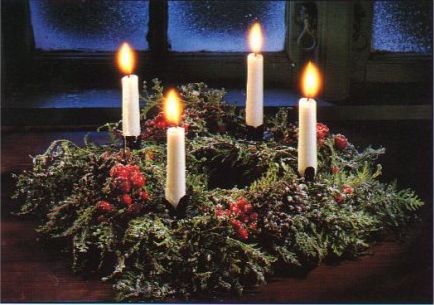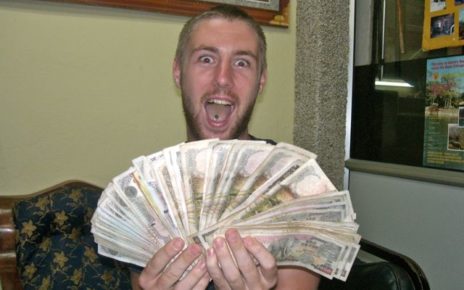Travelling to Europe this Christmas? How about learning a few European traditions so you can join in with the festivities? They might be a far cry from turkey dinners, sit com re-runs and the Queen’s Speech – but they’re delightful nonetheless. Here’s how some continental countries celebrate Christmas:

Spain
Similar to the UK, a traditional Spanish Christmas dinner is ‘Pavo Trufado de Navidad’ which is turkey stuffed with truffles (the mushrooms not the chocolate ones!) In Galicia, northwest Spain, seafood is a popular Christmas Eve and Christmas Day meal. Many kinds of seafood are included, from shellfish and mollusk to lobster and small edible crabs.
France
In many French homes Yule Logs are made from Cherry wood – which is carried into the home on Christmas Eve. This is sprinkled with red wine to make the log smell extra festive.
Italy
Naples is renowned for its cribs and crib making. These are known as ‘Presepe Napoletano’ or Neapolitan Cribs. The year of 1025 is understood to have hosted the first crib scene in Naples, taking place in the Church of S. Maria del presepe (Saint Mary of the Crib).
Belgium
For a small country, Belgium has some pretty big traditions. The traditional Belgian Christmas breakfast mirrors the usual Sunday breakfast eaten throughout the year of freshly baked crusty rolls with butter and cold meats and/or jam, followed by pastries, which are usually consumed with a cup of coffee. Across the south of Belgium, a sweet bread, ‘cougnou’ or ‘cougnolle’, made in a similar shape to baby Jesus, is also eaten for Christmas breakfast.
Poland
Christmas Eve in this country is traditionally a day of fasting and meat is not normally allowed to be eaten. Because people are so hungry on Christmas Day, and for other reasons, Polish people often indulge in a meal of 12 dishes, mostly fish (as meat used to be forbidden), mushrooms, puddings and cake. Common dishes include pierogi, bigos and karp (carp).
Holland
Did you know Santa Claus derives from the name, Sinterklaas? St. Nicholas’ day is on 6th December yet, in Holland, the major celebrations are held on the 5th. On this day, some children leave clogs or shoes out to be filled with presents. Legend has it that if they leave hay and carrots in their shoes for Sinterklaas’s horse, they will be left some sweets. On the 5th, treasure hunt games are played with poems and riddles giving children clues to where they can find little presents left by Sinterklaas. Special biscuits and sweets are also eaten at parties, and one type is called ‘letter blanket’ or ‘banketletter’ (meaning letter cake), which is made from marzipan or pastry.
Germany
Advent is a major element of the Christmas celebrations in Germany. In German homes, many types of advent calendars are put up. Alongside traditional versions made of card, some are made from a wreath of Fir tree branches decorated with 24 boxes or bags. Another type of calendar is ‘Advent Kranz’, a ring of fir branches with four candles on it.
Sharing Traditions
An appreciation of continental Christmas cultures is just one of the many items to take with you on your festive escape. In addition to the standard holiday items, such as a phrase book or travel insurance, don’t forget to pack a traditional British Christmas gift to give your host once you arrive.
Resource: WhyChristmas.com
This guest post was written on behalf of Money Matters, the Sainsbury’s Bank blog. It aims to be informative and engaging. Though it may include handy tips and tricks, it does not constitute advice and should not be used as a basis for any financial decisions. Any links to Sainsbury’s Bank product pages contained within this post are there to provide information, not to directly promote financial products. All information in this post was correct at date of publication.


